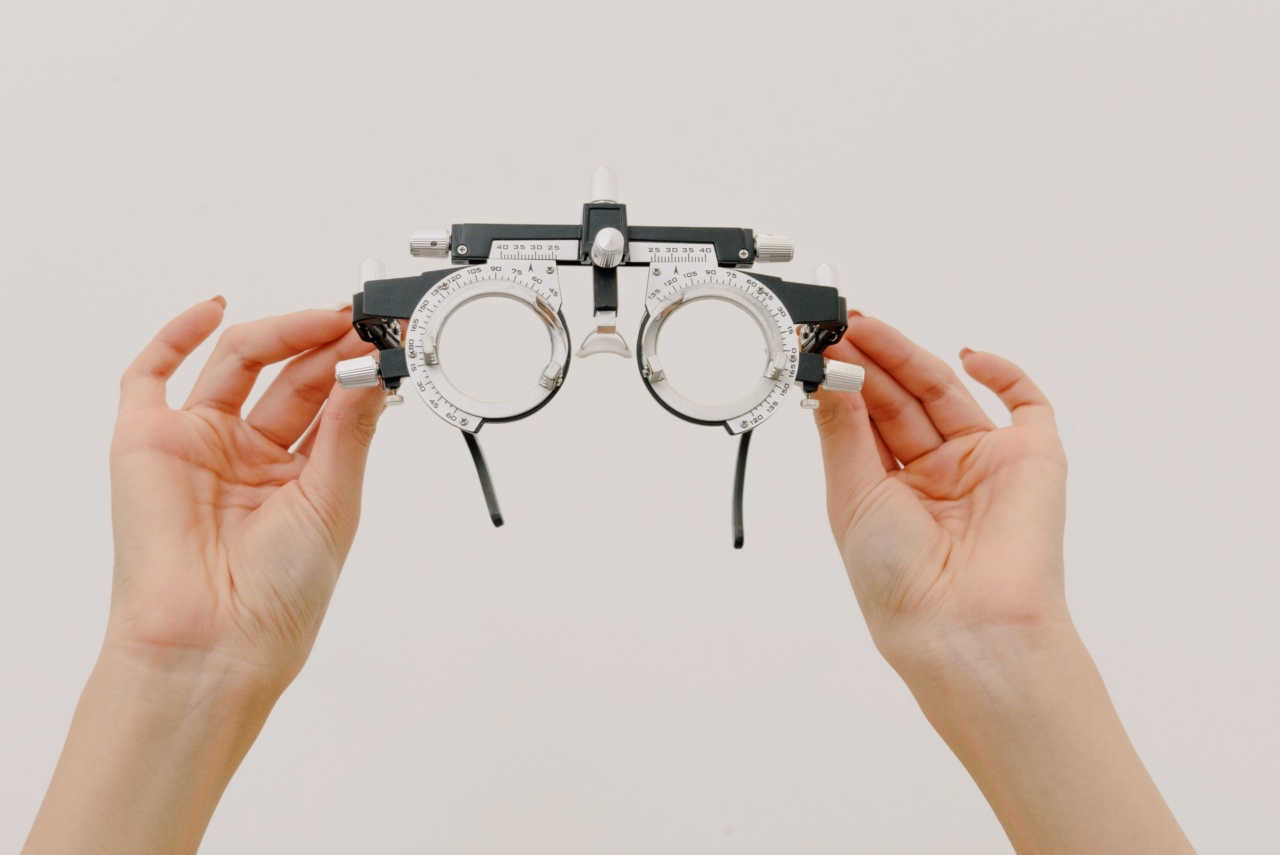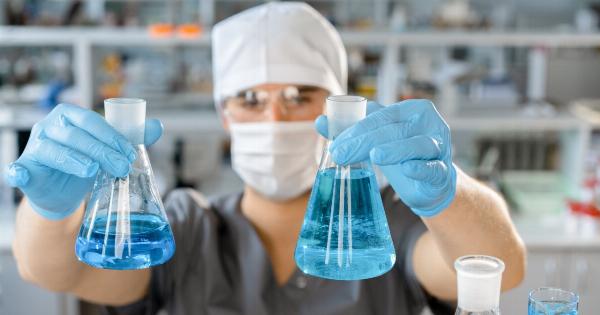Type 1 diabetes (T1D) is a chronic autoimmune disease that affects millions of people worldwide, resulting in the destruction of insulin-producing beta cells in the pancreas.
Currently, there is no cure for T1D and treatment involves daily injections of insulin to manage blood glucose levels. However, recent advances in stem cell research have shown promise in the development of new therapies for T1D. Several clinical trials are underway using stem cells to replace or regenerate beta cells in the pancreas.
In this article, we will explore the latest findings on stem cell treatments for T1D.
What are Stem Cells?
Stem cells are specialized cells that have the ability to differentiate into various cell types in the body. They can self-renew and divide into daughter cells, which can either become identical stem cells or differentiate into specific cell types.
Stem cells can be obtained from different sources, including embryos, umbilical cord blood, bone marrow, and adipose tissue. There are two main types of stem cells: embryonic stem cells (ESCs) and adult stem cells (ASCs).
Embryonic Stem Cells and Type 1 Diabetes
ESC research has been the subject of intense debate due to ethical concerns surrounding the use of human embryos. However, ESCs have enormous therapeutic potential, particularly in regenerative medicine.
One of the most promising applications of ESCs is their potential to differentiate into beta cells, which could be transplanted into T1D patients to replace the lost or damaged cells.
Several studies have shown that ESC-derived beta cells can function similarly to native beta cells in the pancreas, producing insulin in response to glucose stimulation. However, the major challenge with ESC therapy is the risk of immune rejection.
ESCs are derived from a different individual, and as a result, the recipient’s immune system may identify the cells as foreign and attack them. Therefore, there is a need for immunosuppressive therapies to prevent rejection, which can have serious side effects.
Another challenge is the risk of teratoma formation, which is the development of tumors from transplanted pluripotent stem cells.
This is a potential safety concern that needs to be addressed before ESC therapy can become a viable treatment option for T1D.
Adult Stem Cells and Type 1 Diabetes
ASCs are another potential source of stem cells for T1D therapy. They can be harvested from a patient’s own body, eliminating the risk of immune rejection. ASCs are typically found in bone marrow, adipose tissue, and peripheral blood.
Research has shown that ASCs have the ability to differentiate into multiple cell types, including beta cells.
One of the advantages of ASC therapy is that it can be autologous, meaning the patient can be his or her own donor. This eliminates the need for immunosuppressive therapy and reduces the risk of immune rejection.
ASCs can be easily isolated from the patient’s body and expanded in vitro, making them a readily available source for transplantation.
Several clinical trials are currently underway to evaluate the safety and efficacy of ASC therapy for T1D.
One study conducted by the Diabetes Research Institute (DRI) reported positive results in a small cohort of patients who received autologous bone marrow-derived stem cells. The patients showed improved insulin production and reduced insulin requirements after transplantation.
Induced Pluripotent Stem Cells and Type 1 Diabetes
Induced pluripotent stem cells (iPSCs) are a type of ASC that have been reprogrammed into a pluripotent state by introducing specific genes.
This process can generate patient-specific stem cells that have the potential to differentiate into different cell types, including beta cells.
One of the advantages of iPSC therapy is that it can be personalized, meaning the cells can be derived from the patient’s own cells, reducing the risk of immune rejection.
iPSCs have the potential to overcome many of the limitations associated with ESC therapy, such as ethical concerns and immunological rejection.
Several studies have shown that iPSC-derived beta cells can function similarly to native beta cells in the pancreas, producing insulin in response to glucose stimulation.
However, further research is needed to optimize the differentiation protocols and ensure the safety and efficacy of iPSC therapy for T1D.
Conclusion
Stem cell therapy has the potential to revolutionize the treatment of T1D by providing a renewable source of insulin-producing cells. While the technology is still in its early stages, the results of ongoing clinical trials are promising.
ASC therapy, in particular, holds great potential due to its autologous nature and low risk of immune rejection. However, there are still many technical and safety challenges that must be overcome before stem cell therapy can become a widely available treatment option for T1D.


























